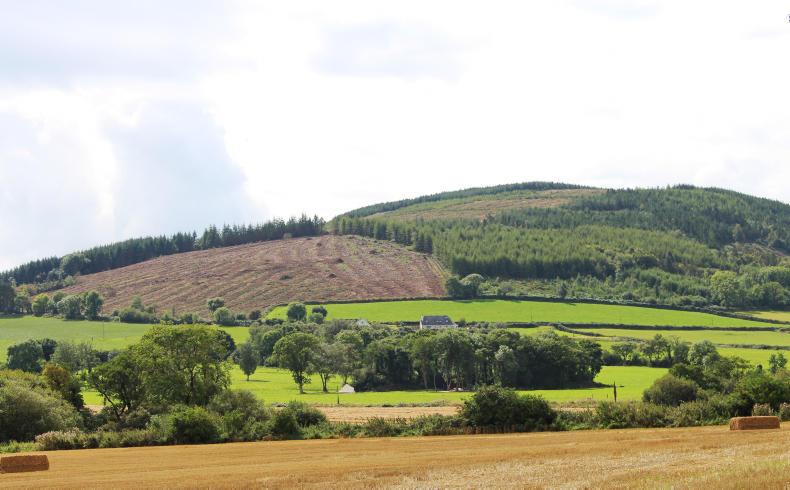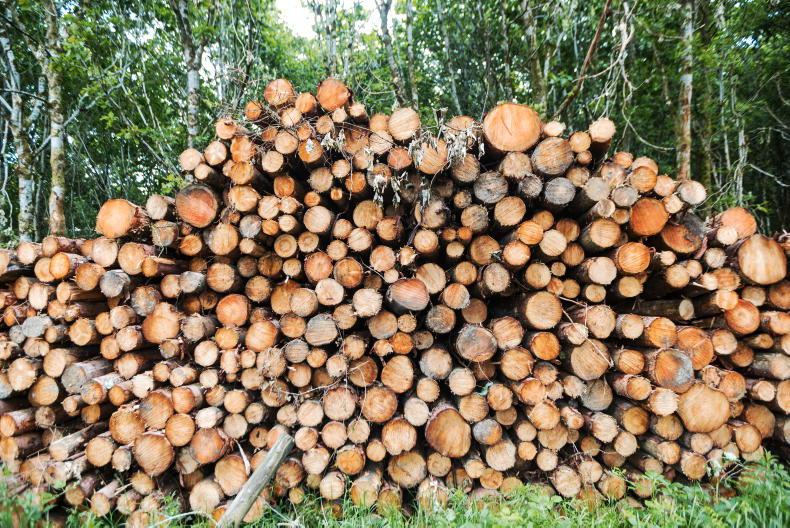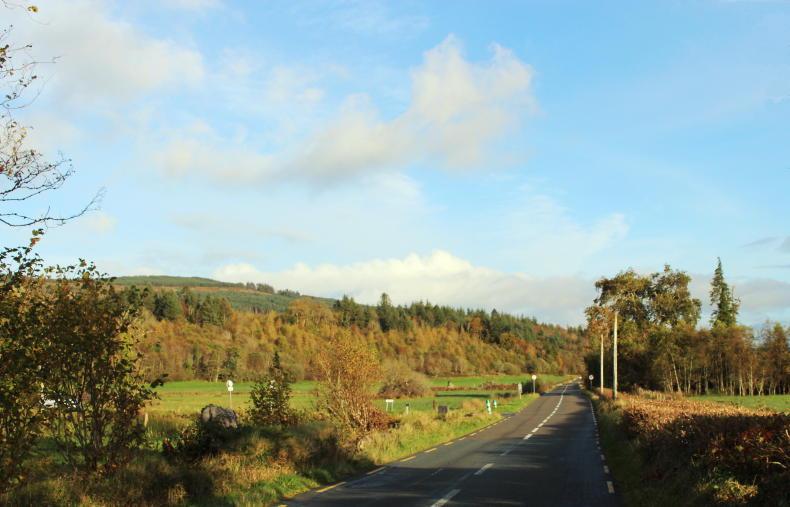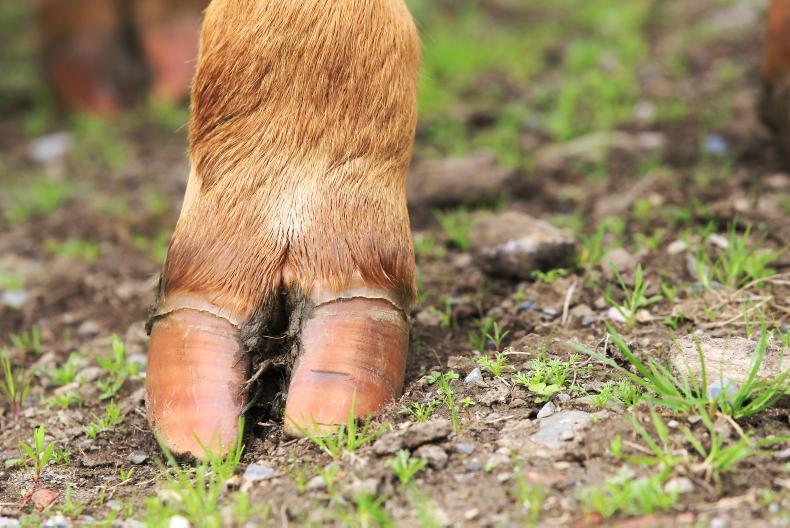Forestry continues to be a highly attractive enterprise for farmers and landowners. The decision to plant is a long-term land use change and requires consideration of all implications involved, including its potential to fit in at farm level, complement other farming enterprises and to provide financial, environmental and social benefits. Its merits should be discussed fully with family members, including important issues such as future objectives and how a forest enterprise can fit in neatly with succession planning. A whole-farm planning approach involves analysis of how planting land may interact with other important farming issues. The interaction of forestry with farm schemes is also critical and these interactions are generally favourable towards forestry. The forest industry would be happy with the retention of existing benefits in the next round of CAP, along with further integration of forestry with agricultural and agri-environment schemes in terms of the future development of a vibrant and sustainable farm forestry sector. Some of the main scheme interactions are summarised below.
Under the BPS eligible land, planted since 2009 and which will be afforested under the Forestry Programme 2014-2020, can be used to activate BPS entitlements and thereby draw down the BPS payments as well as forestry premium payments on the same land parcels.
This is a major financial advantage for applicants who meet the required scheme criteria. The retention of this status for forestry would be a requisite by the sector, providing a major boost to farm forestry, post 2020.
While all farmers are required to comply with greening requirements, the majority will automatically qualify for the Greening Payment based on current farming practices (permanent pasture). Arable farmers may have commitments. For example, arable farmers with more than 15ha of arable land must ensure that at least 5% of their arable land is an ‘Ecological Focus Area’ (EFA).
BPS eligible forestry parcels are reckonable as EFA’s with each hectare of eligible forestry equal to a hectare of EFA.
The Early Retirement Scheme (ERS) has been closed to new entrants for some time. The current single category for forests premium can act as an incentive to retired farmers to plant, particularly where lands they had leased to qualify under the ERS are returned to them.
New amended rates under the ANC scheme have recently been approved by the EU Commission which include per hectare increases between 7% and 23%, depending on category. The area threshold for Less/More Severely Handicapped Lowland is 30 ha, while the equivalent for Mountain type grazing is 34 ha. Planting a forest plot on a farm holding whose total ANC-eligible area is equal to or lower than the threshold (30 or 34 ha) would result in a pro-rata reduction in ANC payment.
However, In the case of holdings above the threshold area, there can be opportunities to maximise ANC payment and also plant some land, thereby availing of forest premia and future income streams.
The GLAS is not a whole-farm scheme and there land parcels not required for eligibility in GLAS participation may be considered for the Afforestation Scheme. However, once land parcels are committed to GLAS, they cannot be planted during the scheme period without claw-back of GLAS payments already made on those parcels.
Participants should consult with their planners in advance. With their potential to mitigate climate change, enhance biodiversity and protect water quality the forest sector has identified further scope to strengthen the integration of forests and woodlands, into future agri-environment and eco-schemes post 2020. Trees, forests and woodlands clearly can have a significant role to play in achieving future enhanced environmental ambition at farm level.
The forestry option has many benefits but it is important that farmers and landowners are fully aware of the implications in advance for informed decision making. For further information on all aspects of forestry, including the planting decision, log onto www.teagasc.ie/forestry or contact your local Teagasc forestry staff.










SHARING OPTIONS